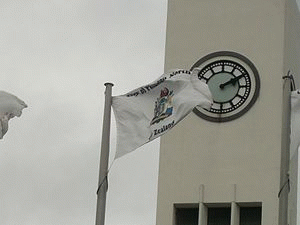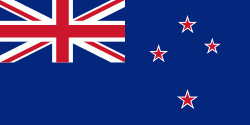Palmerston North (Te Papa-i-Oea, known colloquially as Palmy) is a city in the North Island of New Zealand and the seat of the Manawatū-Whanganui region. Located in the eastern Manawatu Plains, the city is near the north bank of the Manawatu River, 35 km from the river's mouth, and 12 km from the end of the Manawatu Gorge, about 140 km north of the capital, Wellington. Palmerston North is the country's eighth-largest urban area, with an urban population of The official limits of the city take in rural areas to the south, north-east, north-west and west of the main urban area, extending to the Tararua Ranges; including the town of Ashhurst at the mouth of the Manawatu Gorge, the villages of Bunnythorpe and Longburn in the north and west respectively. The city covers a land area of 395 km2.
The city's location was once little more than a clearing in a forest and occupied by small communities of Māori, who called it Papa-i-Oea, believed to mean "How beautiful it is". In the mid-19th century, it was settled by Europeans—originally by Scandinavians and, later, British settlers. On foundation, the British settlement was bestowed the name Palmerston, in honour of Viscount Palmerston, a former British Prime Minister. The suffix North was added in 1871 to distinguish the settlement from Palmerston in the South Island. Today, the name is often informally shortened to "Palmy".
Early Palmerston North relied on public works and sawmilling. The west coast railway was built in 1886, linking the town to Wellington, and Palmerston North benefited from a booming pastoral farming industry. Linton Military Camp, Palmerston North Hospital, and the establishment of Massey University (in 1927) have reduced the dependence on farming due to more skilled workers, since the early 20th century. Popular attractions include Te Manawa (a museum and art gallery that includes the New Zealand Rugby Museum), and several performing arts venues.


















